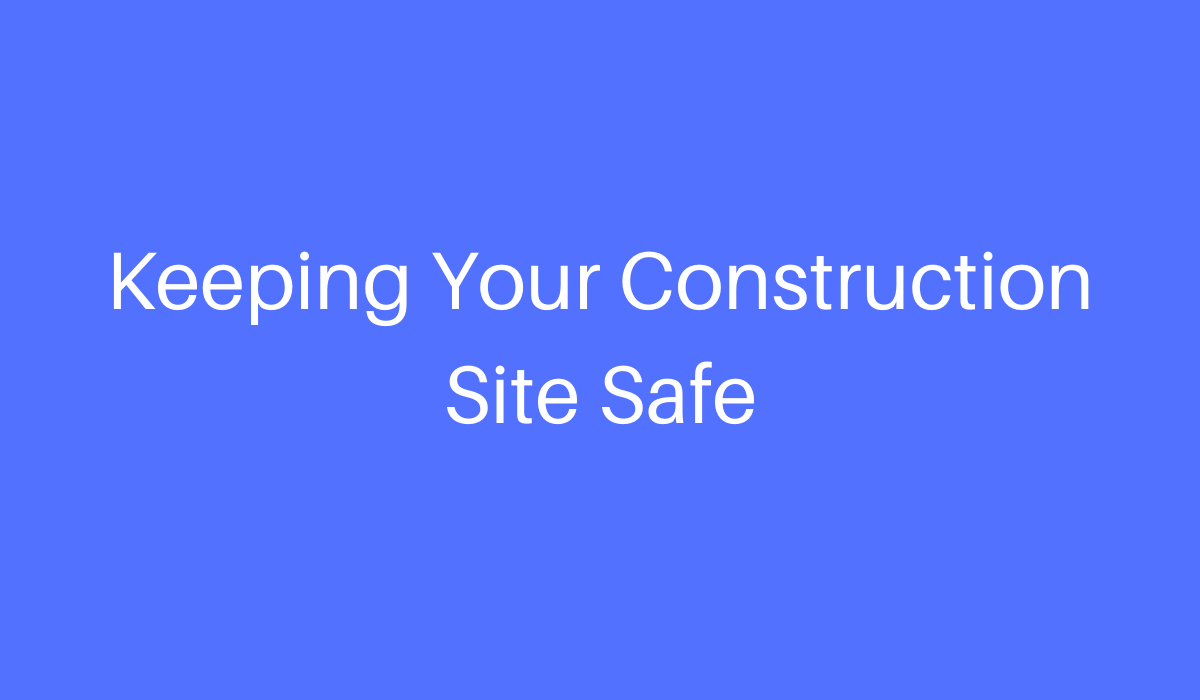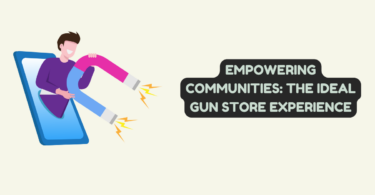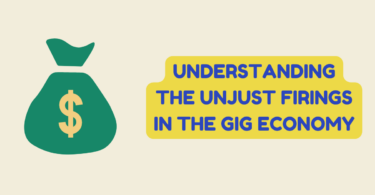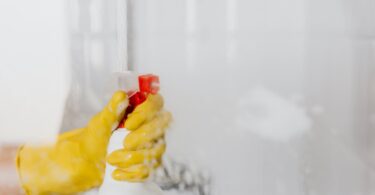
Working on a construction site comes with it’s dangers. This has caused a number of rules and regulations around the safety of works. Even so there are always accidents happening on site that not only cause injury and harm but can cost you money in legal fees or loss of work. So, you need to make your site as safe as possible for you and your workers. Here’s a few ways you can keep your site safe and operating.
Provide Safety Equipment
Workers already have some of the basics like hardhat, protective shoes and hi-vis clothing but there’s more safety equipment you need to supply. To start with you should probably have some spares on the common equipment above, but what else do you need? Do any jobs require working at heights? If so you need fall protection equipment. If any jobs produce harmful gases (especially in places of low ventilation) you need gas detectors. There’s an endless list of safety equipment out there, you need to find the ones that are appropriate to your life of work or site.
Now you know what safety equipment you need to supply; you need to maintain it with a regular maintenance schedule. NSS Gas Detector Calibration reminds us that just like you get your machinery serviced, your safety equipment needs to be inspected and serviced to ensure safe operation. Your gas detectors need to be regularly calibrated to make ensure they’re in working order and your fall protection equipment needs testing to avoid any accidents when being used.
Train Your Workers
The best way to make sure your workers are safe is to ensure they have the right knowledge and training to carry out their job in a safe way. If your works are well trained, they can spot safety issues on site, avoid them and inform the appropriate person to fix the issue.
If the site receives any new tools or machinery don’t only train your workers how to use it, train everyone on how to act around it. If its dangerous you don’t want people harm’s way by standing too close or not using any protective equipment around it.
So train your workers and periodically review procedures and classes to adapt and change them as necessary. Communicate any changes to workers and make sure they follow them.
Audit Your Safety Practices
This is something you should be doing fairly often yourself, but sometimes you need a pair of fresh eyes with an outside perspective. If you get a third party auditor to come in a review your practices can highlight any shortfalls in the system. This will help when it comes to OHS checks as it’s hard to spot flaws in systems you use every day unless something goes wrong. Having someone outside the business that is unbiased can offer a fresh perspective on your safety practices.






